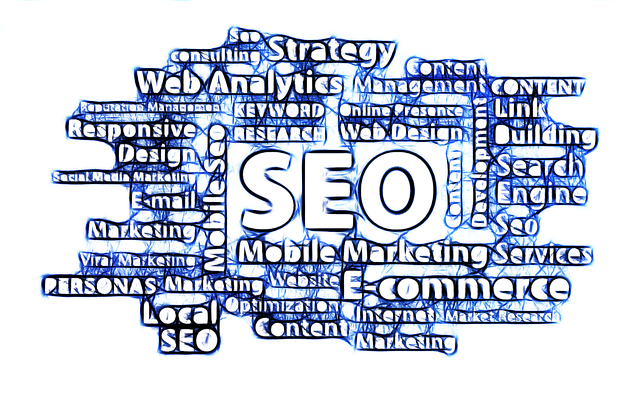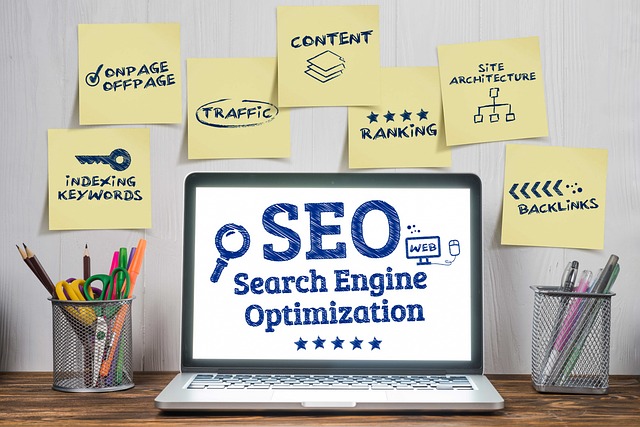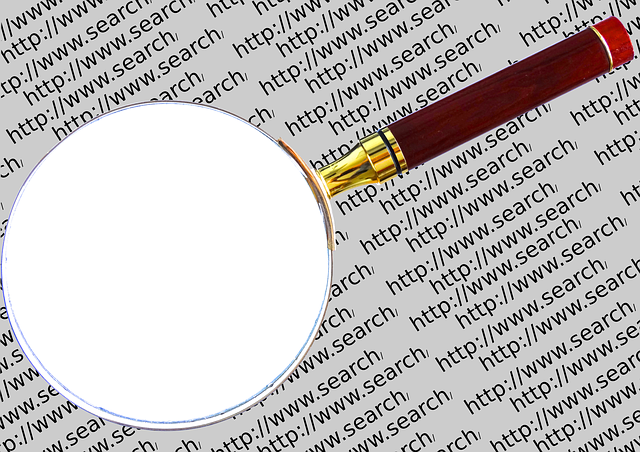Developing a chatbot for an e-commerce platform demands understanding its unique ecommerce search engine requirements, focusing on product details like descriptions, categories, and inventory levels. A successful chatbot retrieves this data promptly and accurately, integrating features like product recommendations, inventory checks, and secure payment processing to enhance user experience and drive conversions. Choosing the right technology, prioritizing NLP capabilities, cloud-based solutions, and API support is crucial. Integrating the chatbot with existing e-commerce systems allows real-time data exchange for personalized recommendations and secure transactions. Thorough testing ensures effectiveness, followed by continuous improvement through algorithm refinement, knowledge base expansion, and feature updates based on user feedback and behavior.
Building a chatbot for your ecommerce platform can enhance customer experience and drive sales. This comprehensive guide walks you through every step, from understanding the unique demands of ecommerce search engines to designing intuitive conversation flows. We’ll explore technology options, integration strategies, testing protocols, and continuous improvement techniques. Learn how to create a chatbot that not only assists shoppers but also boosts your bottom line.
- Understanding Ecommerce Search Engine Requirements
- Designing Chatbot Functionality and Conversation Flows
- Choosing the Right Technology and Platform
- Integrating Your Chatbot into Existing Ecommerce Systems
- Testing, Deployment, and Continuous Improvement
Understanding Ecommerce Search Engine Requirements

Building a chatbot for an ecommerce platform requires a deep understanding of its unique search engine requirements. Ecommerce search engines differ from traditional web search engines in that they focus on product-specific information, such as item descriptions, categories, and inventory levels. Optimizing your chatbot to deliver accurate, relevant, and up-to-date product data is paramount for a successful implementation.
Chatbots should be designed to comprehend user queries related to products, sizes, colors, prices, and availability. They need to seamlessly integrate with the ecommerce backend to fetch real-time data and provide users with instant answers or suggest suitable alternatives when exact matches are not available. Effective indexing and mapping of product attributes enable chatbots to deliver precise search results, enhancing the overall user experience and driving conversions.
Designing Chatbot Functionality and Conversation Flows

When designing a chatbot for e-commerce, one of the most critical aspects is defining its functionality and conversation flows. The chatbot should be able to assist customers in navigating through products, answering queries, and facilitating purchases seamlessly. This involves integrating key features such as product recommendations, inventory checks, and secure payment processing.
For effective conversation flows, map out potential customer journeys—from initial product search to checkout. Structure conversations logically, using clear prompts, options, and branching paths based on user inputs. Leverage an e-commerce search engine to enable accurate and contextual understanding of user queries, ensuring the chatbot provides relevant and helpful responses throughout the interaction.
Choosing the Right Technology and Platform

When building a chatbot for e-commerce, selecting the appropriate technology and platform is a pivotal first step. It’s crucial to choose tools that seamlessly integrate with your existing e-commerce search engine infrastructure to ensure optimal performance and user experience. Look for platforms offering robust natural language processing (NLP) capabilities, enabling the chatbot to understand and respond accurately to customer queries.
Consider cloud-based solutions that provide scalable computing resources, ensuring your chatbot can handle varying user loads efficiently. Additionally, opt for platforms with extensive API support, allowing easy connectivity to your product catalog, order management systems, and other relevant databases. This ensures the chatbot has access to up-to-date information for providing accurate recommendations, answering queries, and facilitating transactions.
Integrating Your Chatbot into Existing Ecommerce Systems

Integrating your chatbot into existing ecommerce systems is a seamless process that enhances customer experience and drives sales. Most modern chatbots are designed to connect easily with popular ecommerce platforms, allowing for real-time data exchange. This integration enables the chatbot to access product information, inventory levels, and even customer purchase history directly from your store’s backend.
By leveraging this data, your chatbot can offer personalized recommendations, answer product queries accurately, and provide up-to-date information about promotions or discounts. For instance, a customer asking about a specific product variant can receive instant details about availability, pricing, and relevant reviews, all while enjoying a natural conversational interface. This integration also facilitates secure transactions, allowing chatbots to assist in checkout processes, further streamlining the ecommerce search engine experience for your customers.
Testing, Deployment, and Continuous Improvement

After developing your ecommerce chatbot, testing is paramount to ensure it functions seamlessly and effectively answers customer queries. Utilize a diverse set of test cases that cover various scenarios, including common questions, edge cases, and potential errors. Simulate real-world interactions to identify any issues with natural language processing or integration with your store’s backend systems.
Once testing is complete, deployment is the next step. Choose a hosting platform that can handle high traffic and integrates smoothly with your ecommerce search engine. Monitor performance closely post-launch, gathering user feedback and analyzing chatbot interactions. Continuously improve the chatbot by refining its algorithms, expanding knowledge bases, and incorporating new features based on customer insights and behavior. Regular updates ensure your chatbot remains relevant, accurate, and aligned with your evolving business needs.
Building a chatbot for ecommerce involves understanding the unique requirements of an ecommerce search engine, designing intuitive conversation flows, selecting the appropriate technology, seamless integration with existing systems, and continuous improvement through testing and deployment. By leveraging these steps, you can create a powerful chatbot that enhances user experience, drives sales, and keeps your business ahead in the competitive online market.
